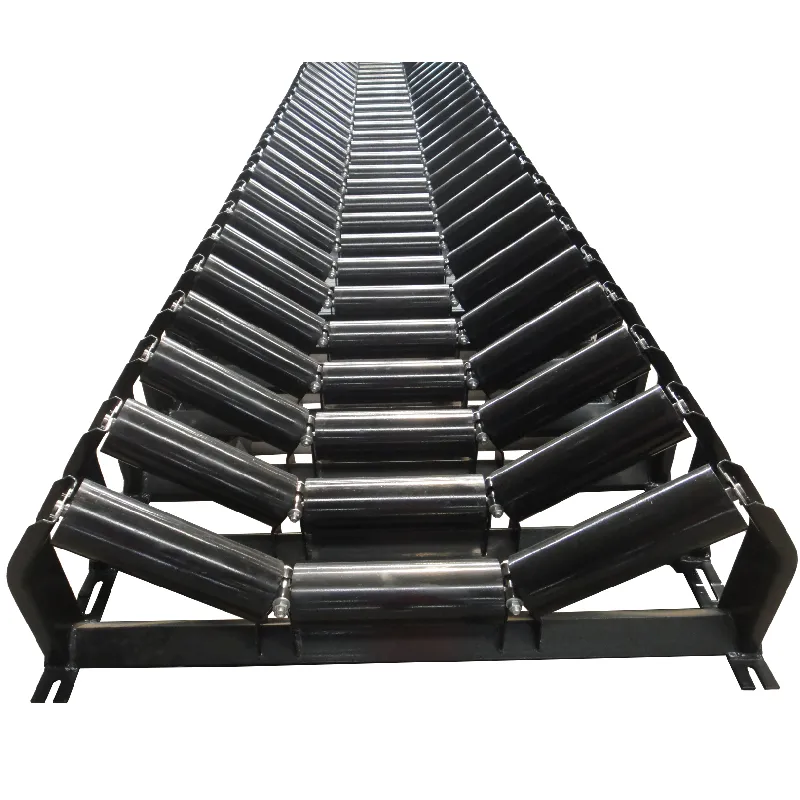 Afrikaans
Afrikaans  Albanian
Albanian  Amharic
Amharic  Arabic
Arabic  Armenian
Armenian  Azerbaijani
Azerbaijani  Basque
Basque  Belarusian
Belarusian  Bengali
Bengali  Bosnian
Bosnian  Bulgarian
Bulgarian  Catalan
Catalan  Cebuano
Cebuano  Corsican
Corsican  Croatian
Croatian  Czech
Czech  Danish
Danish  Dutch
Dutch  English
English  Esperanto
Esperanto  Estonian
Estonian  Finnish
Finnish  French
French  Frisian
Frisian  Galician
Galician  Georgian
Georgian  German
German  Greek
Greek  Gujarati
Gujarati  Haitian Creole
Haitian Creole  hausa
hausa  hawaiian
hawaiian  Hebrew
Hebrew  Hindi
Hindi  Miao
Miao  Hungarian
Hungarian  Icelandic
Icelandic  igbo
igbo  Indonesian
Indonesian  irish
irish  Italian
Italian  Japanese
Japanese  Javanese
Javanese  Kannada
Kannada  kazakh
kazakh  Khmer
Khmer  Rwandese
Rwandese  Korean
Korean  Kurdish
Kurdish  Kyrgyz
Kyrgyz  Lao
Lao  Latin
Latin  Latvian
Latvian  Lithuanian
Lithuanian  Luxembourgish
Luxembourgish  Macedonian
Macedonian  Malgashi
Malgashi  Malay
Malay  Malayalam
Malayalam  Maltese
Maltese  Maori
Maori  Marathi
Marathi  Mongolian
Mongolian  Myanmar
Myanmar  Nepali
Nepali  Norwegian
Norwegian  Norwegian
Norwegian  Occitan
Occitan  Pashto
Pashto  Persian
Persian  Polish
Polish  Portuguese
Portuguese  Punjabi
Punjabi  Romanian
Romanian  Russian
Russian  Samoan
Samoan  Scottish Gaelic
Scottish Gaelic  Serbian
Serbian  Sesotho
Sesotho  Shona
Shona  Sindhi
Sindhi  Sinhala
Sinhala  Slovak
Slovak  Slovenian
Slovenian  Somali
Somali  Spanish
Spanish  Sundanese
Sundanese  Swahili
Swahili  Swedish
Swedish  Tagalog
Tagalog  Tajik
Tajik  Tamil
Tamil  Tatar
Tatar  Telugu
Telugu  Thai
Thai  Turkish
Turkish  Turkmen
Turkmen  Ukrainian
Ukrainian  Urdu
Urdu  Uighur
Uighur  Uzbek
Uzbek  Vietnamese
Vietnamese  Welsh
Welsh  Bantu
Bantu  Yiddish
Yiddish  Yoruba
Yoruba  Zulu
Zulu roller guides
Understanding Roller Guides The Essential Component in Motion Control Systems
Roller guides are critical components used in various applications, especially in mechanical systems requiring precise movement and support. These devices utilize cylindrical rollers to facilitate smooth motion along a predetermined path, offering reduced friction and increased efficiency in various settings. Whether in machinery, conveyor systems, or linear motion applications, roller guides play an indispensable role in enhancing performance and longevity.
The Design and Functionality of Roller Guides
At first glance, roller guides appear simple, consisting of rollers mounted on a frame. However, their design is meticulously engineered to cater to specific loads and movement requirements. The rollers, typically made from durable materials such as steel or polyurethane, are arranged strategically to provide optimal support and minimize wear and tear on both the guide and the moving components.
The primary function of roller guides is to enable linear motion by allowing a moving element—such as a shaft, rail, or a carriage—to glide smoothly along a track. Unlike traditional sliding systems that rely on flat surfaces, roller guides distribute loads more evenly and reduce surface contact, which significantly decreases friction. This characteristic is particularly advantageous in applications that require high-speed operation or where precision positioning is critical.
Applications of Roller Guides
Roller guides find applications across numerous industries, including manufacturing, automotive, and aerospace. In manufacturing, they are often found in automation systems where robotics and conveyors are used to move materials efficiently. In automotive assembly lines, roller guides help align components accurately, ensuring that each part fits together seamlessly.
roller guides

In the aerospace sector, roller guides are employed in the assembly of aircraft and components that require precise and reliable motion control. Here, the high load capacity of roller guides is essential, given the strict safety and performance standards in the industry. Their use in these settings highlights their importance in supporting heavy loads while maintaining accuracy.
Advantages of Roller Guides
One of the primary advantages of roller guides is their ability to extend the lifespan of machinery. By reducing friction, they diminish the wear on components, leading to fewer maintenance needs and lower operational costs over time. Additionally, roller guides can accommodate a range of loads, making them versatile options for various applications.
Another notable benefit is their adaptability. Roller guides can be customized to fit specific needs, whether through the choice of materials, roller configuration, or size. This flexibility allows engineers and designers to optimize their systems according to the unique demands of their projects.
Conclusion
In summary, roller guides are fundamental components in modern mechanical systems, providing efficient, reliable, and precise movement. Their ability to reduce friction, distribute loads evenly, and adapt to different applications makes them invaluable in numerous industries. As manufacturing processes continue to evolve and demand higher performance and precision, the role of roller guides is likely to grow, ensuring that they remain pivotal in the development of advanced motion control systems. Understanding and implementing roller guides effectively can lead to significant enhancements in overall system performance and efficiency.





























